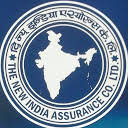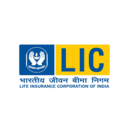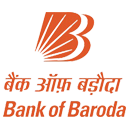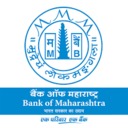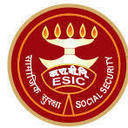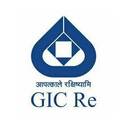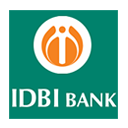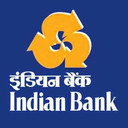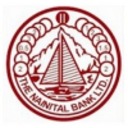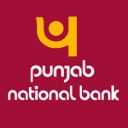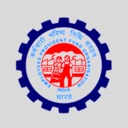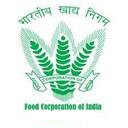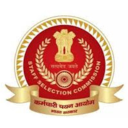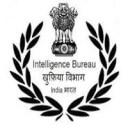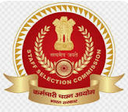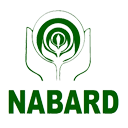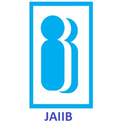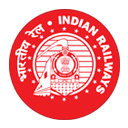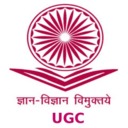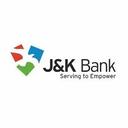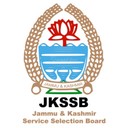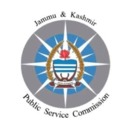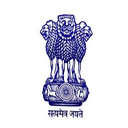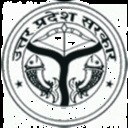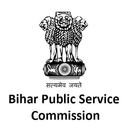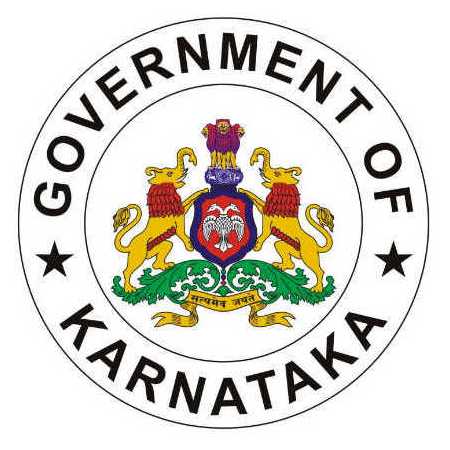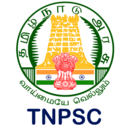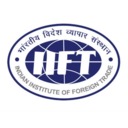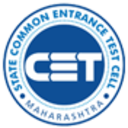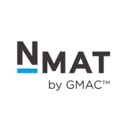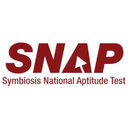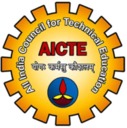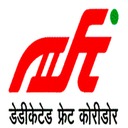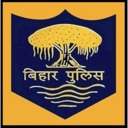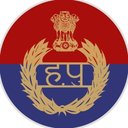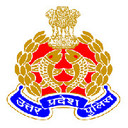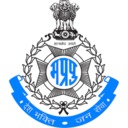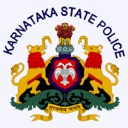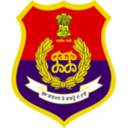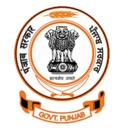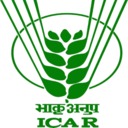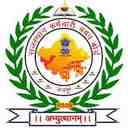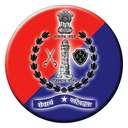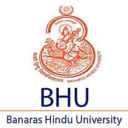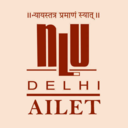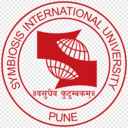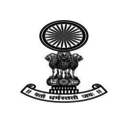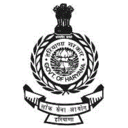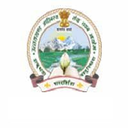Daily Current Affairs for All Government Exams
Staying updated with daily current affairs has become a crucial part of cracking any government exam today. Whether you're aiming for banking exams, SSC exams, or prestigious roles in RBI and other regulatory bodies, current events play a significant role in both the written and interview stages. So stay updated with daily current affairs with us.
Why Daily Current Affairs Are Essential for Government Job Aspirants?
Almost every government exam includes a General Awareness or Current Affairs section. This segment not only tests your awareness but also your ability to relate national and international developments with the role you're applying for. Be it in IBPS, SBI PO, SSC CGL, UPSC, or RBI Grade B, being well-versed with daily current affairs can give you an edge in the exam. Daily current affairs preparation also strengthens your analytical skills and helps you frame well-informed answers in interviews. For aspirants serious about cracking these competitive exams, consistent current affairs practice is non-negotiable.
Why Oliveboard's Daily Current Affairs Section Stands Out?
Our Daily Current Affairs section is updated every single day, curated from leading and credible sources such as PIB, The Hindu, Economic Times, Business Standard, and more. We filter and compile only exam-relevant news to ensure that you are not overwhelmed with information but empowered with exactly what you need.
Daily Current Affairs for All Exams
We understand the requirements of aspirants from different backgrounds, and hence our updates are tailored for:
- Daily Current Affairs for Banking Exams: Questions on RBI policy updates, banking reforms, financial awareness, and international banking developments are regularly asked in IBPS PO, SBI, and RBI exams.
- Daily Current Affairs for SSC Exams: SSC includes questions on awards, sports, important national events, and international summits, making daily updates important.
- Daily Current Affairs for RBI Exams: RBI Grade B and Assistant exams focus heavily on economic news, reports by RBI, SEBI, IMF, World Bank, and more.
- Daily Current Affairs for Railway Exams: Railway exams like RRB NTPC and RRB Group D include questions on national events, government schemes, and science & technology, making current affairs vital for scoring high.
- Daily Current Affairs for Defence, PCS & Other Exams: Exams like CDS, CAPF, and various state PCS exams test knowledge of nationa and international affairs, defence updates, and important government initiatives.
What You Get in Our Daily Current Affairs Updates?
Our updates are not just news summaries, they are exam-focused briefs that cover:
- National and International Events
- Economic and Financial Developments
- Government Schemes and Policies
- Reports and Indexes
- Awards and Honours
- Sports Updates
- Important Appointments and Obituaries
How to Use Our Daily Current Affairs Effectively?
Check how to properly use the daily current affairs for better exam preparation.
- Read daily without fail: Consistency is key to mastering current affairs.
- Make short notes: Write down important events in bullet format for quick revision.
- Revise weekly and monthly: Regular revisions prevent information overload.
- Practice quizzes: Test your knowledge with daily and weekly MCQs.
 Study Notes
Study Notes Mock Tests
Mock Tests Previous Year Papers
Previous Year Papers Category
Category





